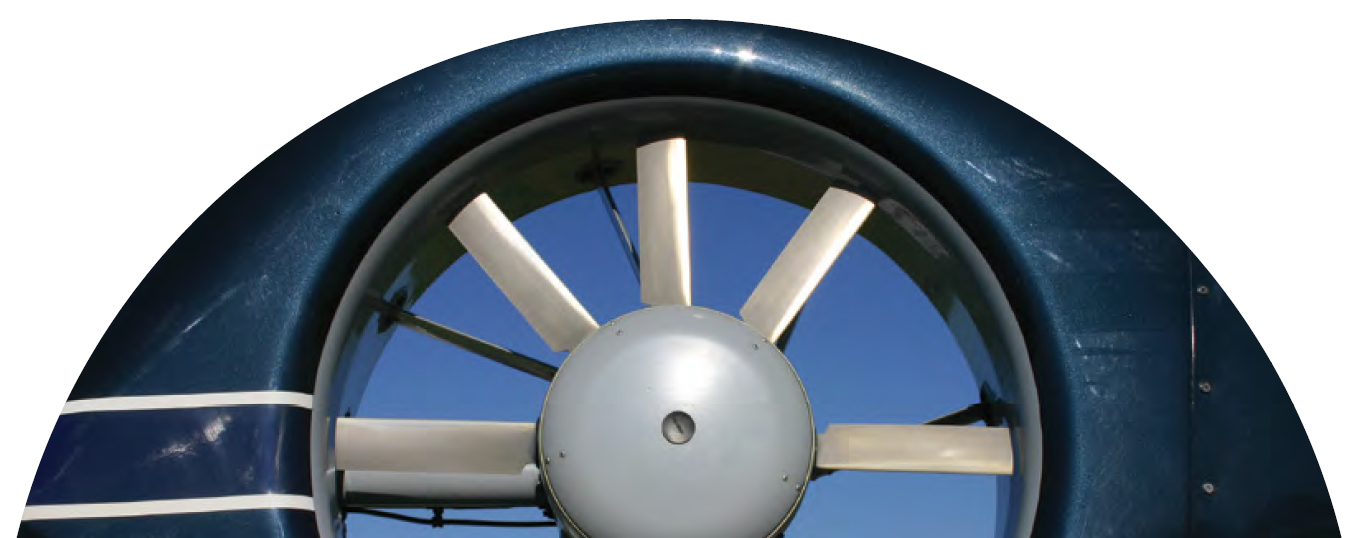 Know yourself. Know your aircraft. Know what it’s doing right now.
Know yourself. Know your aircraft. Know what it’s doing right now.
In December 2020, a privately owned helicopter was flying at low level, northeast of Kaikōura, when witnesses saw it begin to “corkscrew”.
Moments later it crashed into shallow water at the mouth of the Kēkerengū River.
The newly qualified pilot and his wife were killed. Their two children and a school friend survived, but two were seriously injured, and one, moderately.
Inexperience was the factor
The investigation by the Transport Accident Investigation Commission(external link) (TAIC) found the pilot was more likely focused on prepping to land than on ‘flying’ the Airbus EC120 B.
Tracking data obtained by TAIC indicated the pilot wasn’t monitoring the instrument panel for the aircraft’s airspeed–groundspeed relationship.
TAIC considers it very likely that as the pilot was focused on looking outside at an intended landing area, he was unaware of the aircraft’s reducing airspeed, which would have required more power to remain level.
At that point – and for an unknown reason – the pilot lowered the nose and increased power to accelerate away.
“The slow airspeed combined with increasing power caused the helicopter to suddenly yaw uncontrolled to the left, very likely startling the pilot,” the TAIC report says.
“The rate of yaw increased, and the pilot was unable to regain control before the helicopter crashed onto the beach.”
The pilot’s inexperience was the key factor in their inability to regain control after being startled by the sudden yaw, TAIC concluded.
It says that, with experience, the need for pedal input becomes more natural and intuitive – a pilot instinctively anticipates pedal changes as they increase or decrease power.
With less experienced pilots, pedal inputs can be mechanical and often after the helicopter has started to yaw.
And again here
The accident has echoes of one in 2017, at Waikawa, in Horowhenua [PDF 2.3 MB].
The CAA investigation into that accident found a “loss of control on approach” and concluded the instructor pilot of the Cabri G2 “failed to anticipate and correct the development of a rapid left yaw”.
They were unable to “arrest the yaw rate and regain control of the helicopter, and the aircraft struck the ground”. Both occupants survived, although with injuries.
In both accidents, the pilots were not that experienced with the characteristics of the Fenestron tail rotor of their aircraft had on its handling.
CAA Flight Examiner (Helicopter) Andy McKay, says that Fenestron tails are, generally, slower to respond than standard tail rotors.
“And this affects the way Fenestrons handle. It takes more to control yaw, and this can catch out the pilot who’s more used to a conventional tail rotor.
“The key is anticipating and leading with pedal input before or as it’s needed, and understanding that more pedal travel may be required,” he says.
The report into the 2017 Waikawa accident agrees, saying, “Pilots, especially those with experience flying with conventional anti-torque systems, must familiarise themselves with the techniques required in flying Fenestron-equipped aircraft.
“Anticipate the helicopter’s reaction to aerodynamic and environmental changes and be prepared to apply the large and rapid pedal inputs required.”
“Pedal travel is significantly more than that which is required for conventional tail rotor systems,” Andy McKay says. “Both these accidents were the result of the pilots not understanding or anticipating this, and thus not responding appropriately to the way their aircraft were performing.
“It’s critical that all pilots – not just those of helicopters with Fenestron tail rotors – know their aircraft systems and behaviour patterns thoroughly.”
The basics, again
The TAIC report into the 2020 tragedy agrees with Andy McKay. While it could not identify any new safety issues in the accident, the TAIC report did reiterate some familiar advice.
“Pilots need to be aware of the operating characteristics of the aircraft they are flying. Pilots need to know their limitations and ensure they retain an adequate margin of safety as they gain experience and competence. Pilots need to continually monitor the performance of their aircraft when flying, including the airspeed–groundspeed relationship when operating at low level.
“A pilot qualification, licence, or aircraft type rating does not in itself confer expertise. Pilots need to be familiar with the aircraft they are flying and their own capability as they gain experience. Pilots also need to ensure they are fully aware of the increased risks of flying at low level and monitor the performance of their aircraft accordingly.”
Footnote
A Fenestron is a protected tail rotor of a helicopter operating like a ducted fan. Its manufacturer, Airbus, says the design improves performance and efficiency, reduces noise, and is more protective of people working around it on the ground.

Photo: iStock.com/Scottespie
